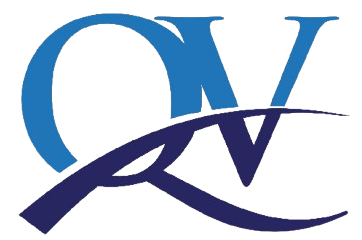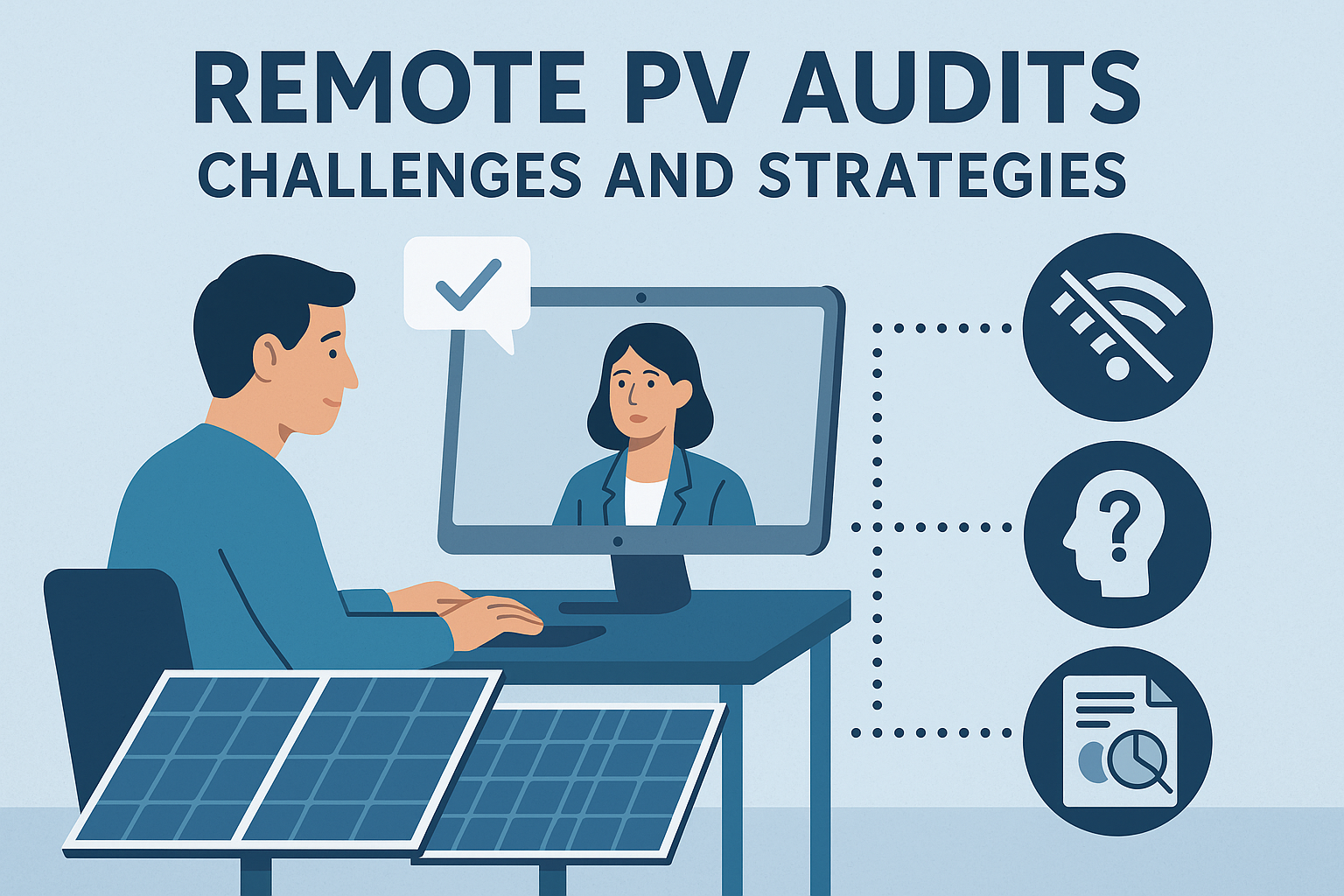The landscape of pharmacovigilance (PV) audits has undergone a significant shift with the rise of remote working and digital collaboration. Remote audits, once a rare exception, have become a standard practice for both regulators and internal quality teams. While they offer flexibility and efficiency, remote audits also introduce unique challenges that PV teams must be prepared to address.
The Rise of Remote Audits
Driven by global travel restrictions, digital transformation, and cost-efficiency measures, regulatory authorities and MAHs (Marketing Authorisation Holders) alike have embraced remote audits. The format allows for timely oversight without the logistical burden of on-site visits. However, remote audits are not simply “on-site audits over Zoom”—they require a different set of tools, preparations, and communication strategies.
Common Challenges
1. Document Management and Access
One of the primary challenges is ensuring secure and efficient access to required documentation. Without physical access to file rooms or servers, auditors rely entirely on digital document-sharing platforms. Delays in document retrieval or unclear versioning can create friction and raise concerns during the audit.
2. Technology and Connectivity Issues
Unstable internet connections, unfamiliar video conferencing tools, or limited functionality of secure portals can all disrupt audit flow. Ensuring both parties have tested systems and agreed protocols is critical to avoiding unnecessary delays.
3. Limited Observability
Remote audits reduce the auditor’s ability to observe work environments or informal processes—something that’s often possible during on-site visits. As a result, auditors may rely more heavily on documentation, screenshots, or screen sharing, which increases the pressure on clarity and completeness of records.
4. Team Coordination and Time Zones
In global organisations, coordinating real-time access to subject matter experts across time zones can be a logistical headache. Teams need to be well-prepared and aligned internally to avoid delays and miscommunication.
Effective Strategies for Remote Audit Success
Pre-Audit Planning
Thorough preparation is key. Ensure that the audit scope is well understood and that the documentation and systems likely to be reviewed are identified and readily accessible. Conducting a dry run can help identify any access or system issues ahead of time.
Digital Readiness
Use secure document-sharing platforms with clear version control. Establish backup communication channels (e.g., phone or instant messaging) in case primary tools fail. Having IT support on standby during the audit is also a wise precaution.
Clear Roles and Responsibilities
Assign internal roles for documentation control, subject matter support, and real-time communication with the auditor. Ensure that all team members know when they may be called upon and what is expected of them.
Enhanced Documentation
Since remote audits rely heavily on written records, it is essential that SOPs, logs, training records, and safety data are up-to-date, clearly labelled, and traceable. Auditors should be able to find answers in the documentation without needing in-person clarification.
Communication is Key
Regular check-ins, transparency about timelines, and clear responses to questions will help build trust during the audit. Treat the virtual environment with the same professionalism as an on-site inspection.
How Q&V Can Support You
At Q&V, we specialise in preparing PV teams for both remote and on-site audits. From pre-audit readiness assessments to mock audits and real-time support, our experts can help you navigate the specific challenges of remote inspections. With a strong focus on documentation, communication, and compliance, we ensure your systems are inspection-ready—wherever the auditor may be.
Planning for a remote PV audit? Contact Q&V to strengthen your audit readiness and strategy.

